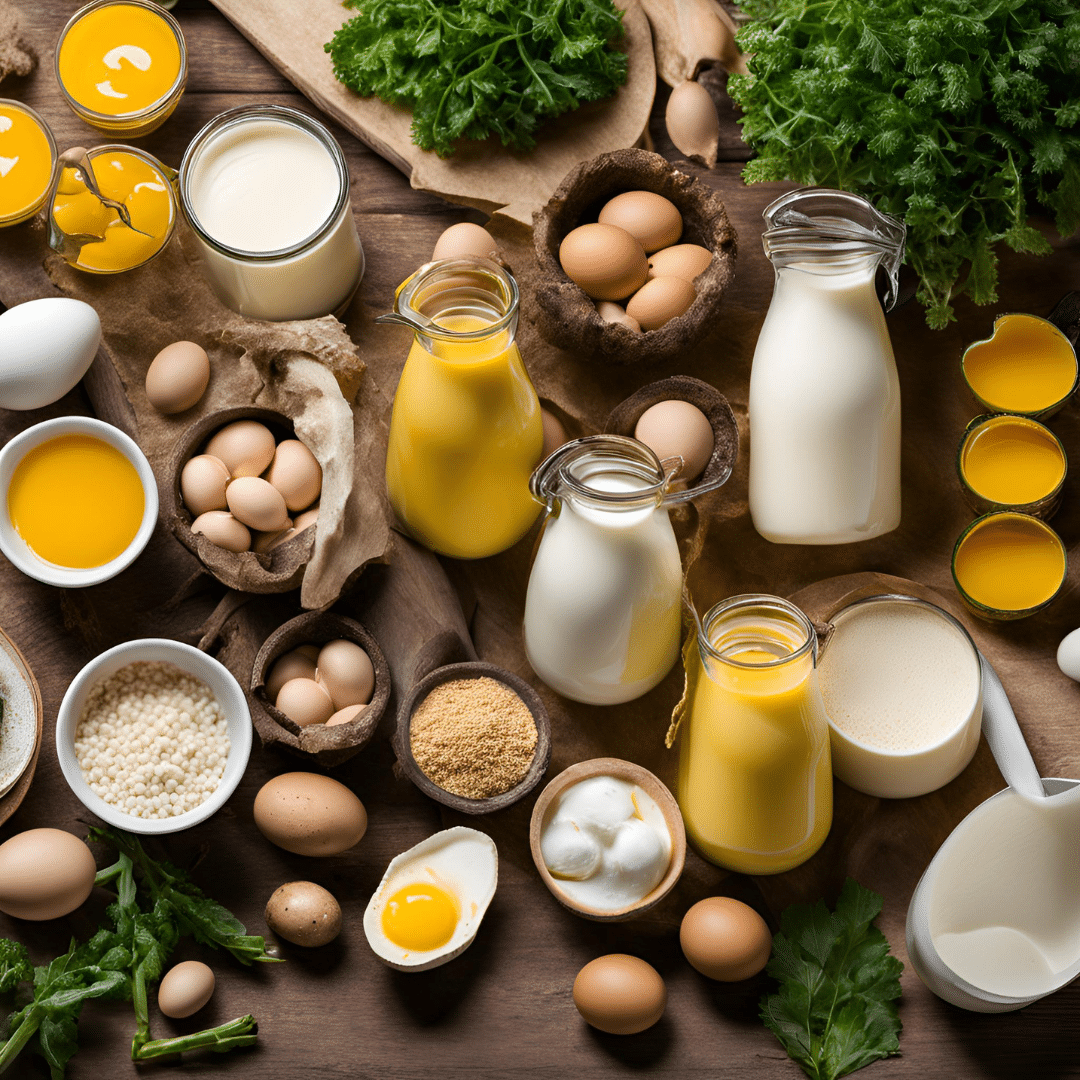Physical Address
304 North Cardinal St.
Dorchester Center, MA 02124
Physical Address
304 North Cardinal St.
Dorchester Center, MA 02124

Let’s start with a wake-up call: Over 40% of adults worldwide are Vitamin D deficient—even those living in sun-drenched regions. Why? Because relying solely on sunlight is like betting on a broken umbrella in a rainstorm. The truth is, getting enough Vitamin D isn’t just about soaking up rays. Modern lifestyles, office jobs, and even our skin tones play sneaky roles in this deficiency epidemic.
But here’s the good news: You don’t need to worship the sun to thrive. This guide dives into proven, unconventional strategies to help you get enough Vitamin D through food, supplements, and clever workarounds—no beach vacation required. Ready to rethink everything you know? Let’s dive in.

Most of us associate Vitamin D with strong bones, but its impact runs deeper. Emerging research links deficiency to fatigue, brain fog, and even mood disorders like depression. Think of Vitamin D as your body’s silent conductor—orchestrating immune function, hormone balance, and cellular repair.
The Surprising Mental Health Connection
A groundbreaking PubMed study found that low Vitamin D levels correlate with a 75% higher risk of depression. Why? Vitamin D receptors in the brain regulate serotonin, the “feel-good” neurotransmitter. Without enough D, your mental resilience takes a hit.
Here’s the kicker: Even if you’re eating well, chronic stress and indoor lifestyles can drain your D reserves. Let’s explore how to outsmart these pitfalls.
Before we fix the problem, let’s debunk outdated advice. Yes, sunlight triggers Vitamin D synthesis—but it’s wildly unreliable.
Myth 1: “I Get Enough D Through My Office Window”
Nope. Glass blocks UVB rays, the very wavelengths needed to produce Vitamin D. That sunny desk? It’s doing zilch for your levels.
Myth 2: “Darker Skin Tones Don’t Need Extra D”
Actually, melanin-rich skin requires up to 6x more sun exposure to make the same amount of Vitamin D as fair skin. This isn’t a niche issue—it’s a public health gap rarely discussed.
The Sunscreen Debate
While SPF is crucial for cancer prevention, studies suggest sunscreen with SPF 30+ can reduce Vitamin D production by 95%. The solution? Balance sun safety with smart supplementation.
When sunlight isn’t an option, your plate becomes a powerful ally. Forget the tired “eat more salmon” advice—let’s dig into creative, kitchen-ready fixes.
1. The Mushroom Hack You’re Missing
Not all mushrooms are created equal. Expose portobellos or shiitakes to UV light (yes, a sunny windowsill works!), and they’ll synthesize Vitamin D2 just like human skin. Sauté them with olive oil (fat boosts absorption) for a double win.
2. Fortified Foods: The Underrated Heroes
Check labels for:
3. Cod Liver Oil: Grandma Was Right
One teaspoon packs 1,300 IU of Vitamin D—a Nordic secret for surviving dark winters. Mix it into smoothies to mask the taste.
4. Egg Yolks: Don’t Skip the Sunny Side
Pasture-raised eggs contain 3–4x more Vitamin D than conventional ones. Pro tip: Pair them with avocado (healthy fats = better absorption).
5. Tinned Fish for the Win
Sardines and mackerel are affordable, shelf-stable powerhouses. Mash them into salads or spread on toast for a quick D boost.
Pop quiz: Are you taking your Vitamin D with a side of… magnesium? Most people aren’t—and that’s why their supplements underperform.
The Magnesium Connection
Magnesium converts Vitamin D into its active form. Without it, up to 50% of your supplement could go to waste. Pair D3 with magnesium-rich foods (spinach, almonds) or a 200–300mg supplement.
Timing Is Everything
Take Vitamin D with your largest meal of the day. Dietary fat increases absorption by 32%, per a Journal of the Academy of Nutrition and Dietetics study. Avoid nighttime doses—they might disrupt sleep by interfering with melatonin.
D2 vs. D3: Which Is Better?
D3 (from animals) raises blood levels more effectively than D2 (plants). But for vegans, lichen-derived D3 is a game-changer.
For office warriors, night owls, or urban dwellers, these hacks are lifesavers.
UV Lamps: Do They Work?
Short answer: Yes—if you choose wisely. Opt for lamps emitting UVB light (look for 290–315 nm wavelengths). Start with 5–10 minutes daily, and keep eyes protected with sunglasses.
The “City Deficiency” Fix
Pollution and towering buildings block UV rays. Combat this by:
Desk Job Danger Zone
Sitting 8+ hours daily? Set hourly reminders to stretch near a window (even indirect light helps circadian rhythms).
Seasonal shifts don’t have to derail your health.
The Scandinavian Secret: Embrace Cod Liver Oil
Nordic countries prioritize this during dark months. Try lemon-flavored versions to cut the fishy taste.
Travel Smart
Heading to the tropics? Morning sun (before 10 AM) minimizes burn risk. In polar regions, rely on UV lamps and fortified foods.
Science is uncovering jaw-dropping connections:
Getting enough Vitamin D isn’t about perfection—it’s about smart, sustainable choices. Start with one change: Swap your afternoon soda for fortified OJ, invest in a UV lamp, or try a magnesium supplement. Your energy, mood, and immunity will thank you.
Your Turn: Which strategy will you try first? Share in the comments—we’re all in this together!